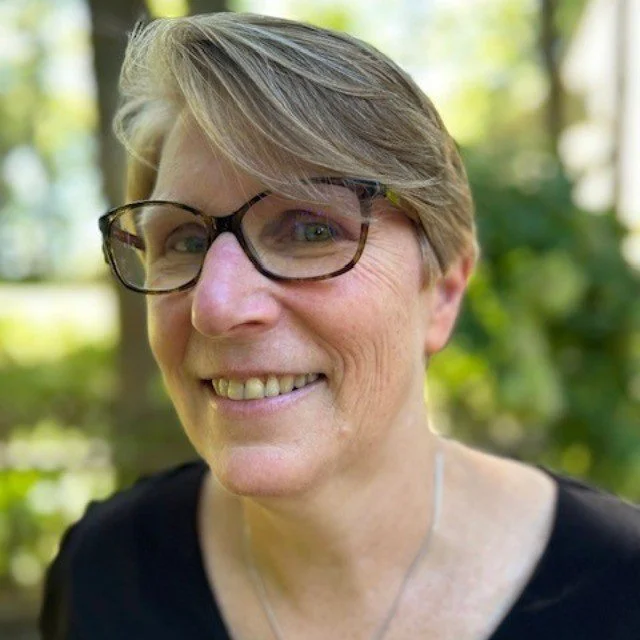Building Sustainable Oncology Navigation: What Comes After the Grant Ends?
Across the country, oncology navigation programs are doing extraordinary work: improving access, breaking down barriers, and helping patients navigate the most complex moments of their care.
Many navigation programs remain dependent on grant funding. With the funding and policy changes, many programs are also in jeopardy. When a grant period ends, there may not be another funding source to follow it. Competition for funding and limited resources, including personnel, can seem intense and cause uncertainty.
Grant funds are an incredible catalyst for innovation. They create opportunities to pilot new models, expand access, and reach patients who might otherwise be left behind. But when the funding ends, many programs face a painful reality: without evidence that navigation delivers measurable positive impacts, your navigation program may also end.
Teams that were built, trained, and thriving suddenly face uncertainty; not because their value disappeared, but because the financial and operational infrastructure to support them wasn’t entirely in place.
I’ve seen and experienced this challenge firsthand. Five years ago, support for a regional team I led disappeared when budgets were decimated by COVID. A few years ago, I helped lead a national capacity-building grant initiative focused on equity and sustainability in oncology navigation. The grantees achieved powerful results, connecting more patients to critical services, improving the timeliness of care, and collecting data that demonstrated real impact. Despite all the success, no additional industry funding was available. My position was eliminated, and after more than two years of progress, the grantee sites' great work was underway, and they had to find a new funding source or be incorporated into their system’s operational budget to continue. These experiences reinforced something I’ve seen throughout my career: sustainability is about value.
The Patient Navigation Sustainability Assessment Tool (PNSAT) was developed by the Colorado Cancer Screening Program (CCSP). It outlines eight domains that inform the development of a sustainable practice. Each domain informs the value of the patient navigation.
Without the language to communicate navigation’s value to the health care business, programs remain in a vulnerable cycle of grant funding. Navigation should not be an add-on but an essential function. Patient navigators know every patient benefits when care is consistently delivered equitably. Healthcare is rapidly evolving, accessing healthcare is increasingly challenging, and the disparities seem starker. You know why your role is life-saving, but unfortunately, your value may be calculated differently. How do you communicate your value, especially to the business of health care, beyond the day-to-day difference that you make?
Navigation helps drive revenue, reduce costs, and optimize resource use. By streamlining workflows and connecting care teams across complex pathways, hospitals can deliver better outcomes while improving financial performance.
As healthcare continues to evolve, and the pressures on navigation programs grow, sustainability will depend on partnerships, integration, and a relentless focus on equity. Embedding navigation into workflow across the care continuum takes modern tools and thinking big.
At this year’s AONN+ Annual Conference, I’m looking forward to connecting with others who are tackling these same challenges and exploring practical ways to address them. If you’ll be in New Orleans, I’d love to continue the conversation.
Contributing Author: Heather Ciccarelli
Heather's expertise in patient navigation began in 2008 as a Patient Navigator at Maine Medical Center, where she started making significant impacts in patient care. Heather later managed a sizable team of oncology patient navigators across New England and New York City, further solidifying her commitment to improving healthcare access. Heather recently led a national capacity-building grant initiative focused on equity and sustainability. Heather is passionate about maximizing access to resources, breaking down barriers, reducing disparities, and promoting equity. Connect with Heather


